#tanacetum vulgare
Photo
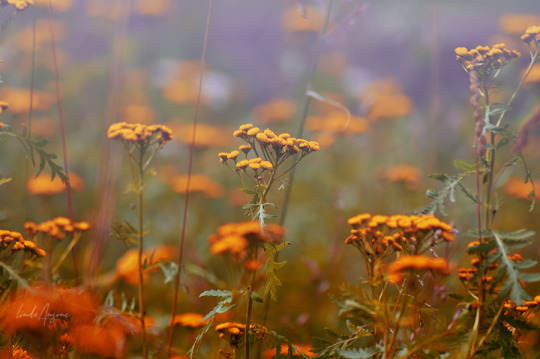
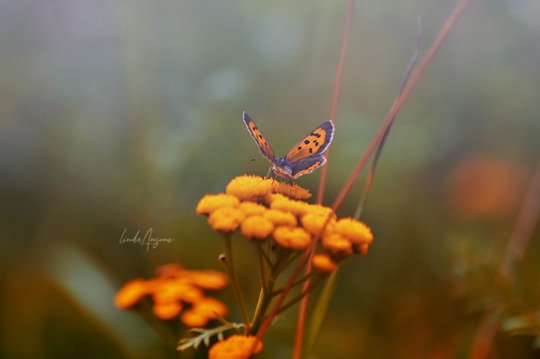
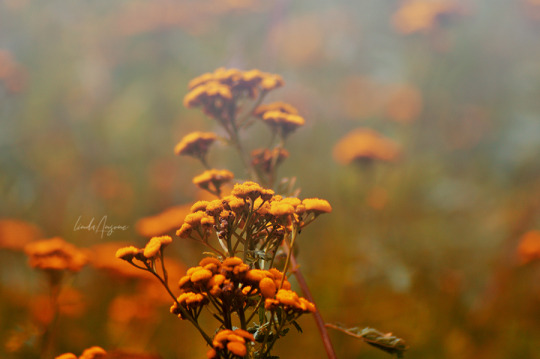

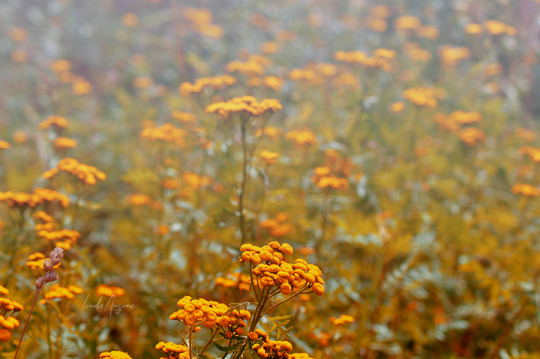
#nature#nature photography#plants#plantcore#tansy#tanacetum vulgare#original photographers#photographers on tumblr#butterfly#meadow#field
742 notes
·
View notes
Text

Tansy (Tanacetum Vulgare)
#photographers on tumblr#nature#flowers#summer#yellow#floral#flores#verano#amarillo#tansy#tanacetum vulgare#tanacetum#original photographers#original photography#vertical
257 notes
·
View notes
Text
Tansy (Tanacetum vulgare) wildflower photo I took 03/09/2023, Wakefield, West Yorkshire, UK

#nature#nature photography#british nature#wild#tansy#tanacetum vulgare#asteraceae#composite#composites#yellow flower#yellow#yellow flowers#wildflower photography#wildflower#wildflowers#wild flowers#flora#flower#flowers#flower photography#botany#wild plant#plant#plants#plant photography#plantblr#wild plants#botanical#floral#wild flower plants
14 notes
·
View notes
Text

Pietaryrtti, Tanacetum vulgare
2 notes
·
View notes
Text
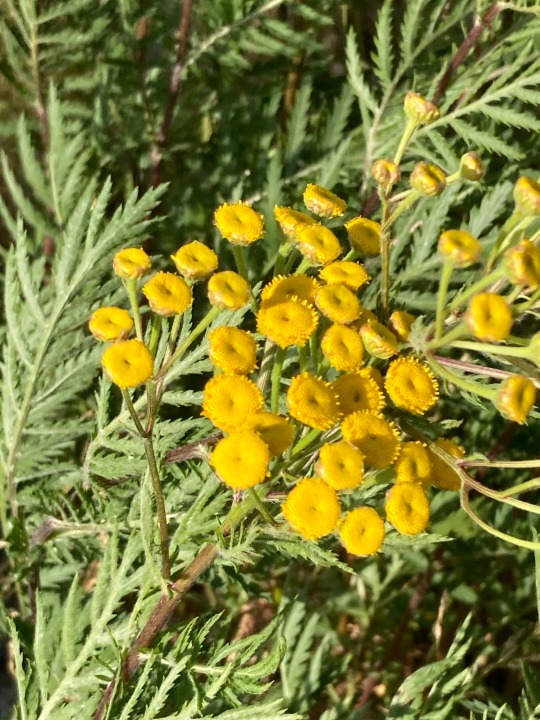
2 notes
·
View notes
Text
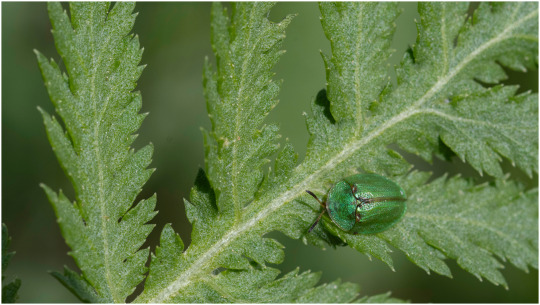
Art af skjoldbille (Cassida stigmatica)
På foderplanten rejnfan (Tanacetum vulgare).
Species of leaf beetle (Cassida stigmatica)
On this food plant, Tansy (Tanacetum vulgare).
#Cassida stigmatica#Cassida#Skjoldbille#Bladbille#Leaf beetle#Bille#Beetle#coleoptera#chrysomelidae#Tansy#Rejnfan#Tanacetum vulgare#Tanacetum#Plant#Plante#Insekt#Insect#Asterasceae#Blåbærhøj#Forår#Spring
19 notes
·
View notes
Photo

Autumn meadow
stages-of-sleep
#autumn#meadow#october#fall#35mm#35mm film#film photography#analog#analog photography#tanacetum vulgare#tansy#wildflower#wildflowers#backlight#photographers of tumblr#color film#wild#flower
10 notes
·
View notes
Photo

Tansy
Tanacetum vulgare
Asteraceae
Photograph taken on October 10, 2021, along the Etobicoke Creek, Mississauga, Ontario, Canada.
10 notes
·
View notes
Text

Almost every holiday comes with its own accompanying foodstuff.
For Thanksgiving, it is turkey; for Hanukkah, donuts filled with a thick plug of sweetened jelly, or latkes.
Many Muslims break their Ramadan fast each day with dates; people in Japan greet the New Year with mochi and soba noodles.
Easter treats seem self-evident: chocolate, eggs, chocolate eggs.
But for hundreds of years, the English ate something entirely different at Easter: a sweet, herbal concoction—somewhere between a pancake and an omelette—known as a tansy.
Tansies took their name from the herb tanacetum vulgare, which grows wild across the United Kingdom.
With yellow flowers the shape of flying saucers, it had various charming nicknames, including bitter buttons, cow bitter, and golden buttons.
Recipes for the simplest tansies are short and to the point.
Per a “Mrs. Rendle”:
“Pound a handful of green tansy in a mortar, add the juice to a pint of batter, and bake it.”
As time went on, however, other herbs found their way into the mix.
A recipe in the 1588 Good Housewife’s Handbook used the juice of tansy, feverfew, parsley, and violets, mixed with “the yolkes of eight or tenne eggs, and three or four whites, and some vinegar, and put thereto sugar or salt.”
It was then fried. Essentially, it was a big, flat, slightly sweet pancake, with a faint greenish tinge.

It’s likely that tansies originally had a medicinal purpose. The herb itself was believed to cure various ailments:
One 16th-century medical tract, Treasurie of Health, prescribes it soaked in a pint of wine for “a drinke for them that be hurte or brused,” while another claims that “it is good to dissolve windiness of the stomach and guts, and to kill worms in the belly, expelling them out.
It is also used to provoke urine and to break the stone of the [kidneys].”
(Tansy is now known to be slightly poisonous.)
Its appearance on the Medieval Easter table, therefore, makes some sense. Throughout Lent, Christians endured a long, boring diet of lentils and dried fish.
Tansies, one early recipe claimed, were “good for the stomach, on account of discussing the flatulences generated by eating pulses and fish during Lent.”
In short, they were probably a practical solution to post-Lenten gut squalls.
(But tansies had other, year-round medicinal uses: In the early 19th century, physicians told women with “hysteritis” to place a “tansy pancake” against their abdomens to ease uterine pain.)
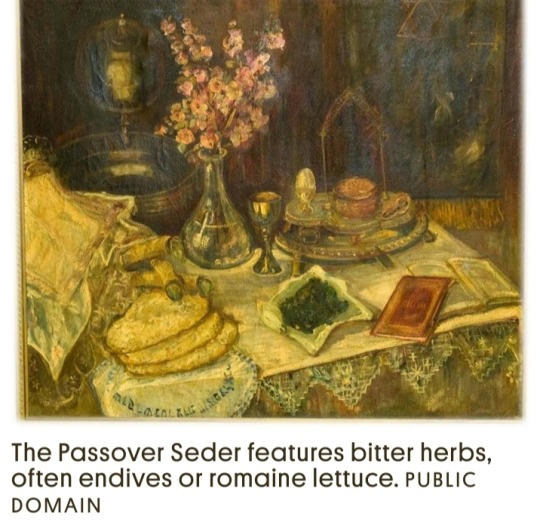
But a curious religious element also seems to have linked the herb with the holiday.
Despite commemorating different events, Easter and the Jewish festival of Passover have striking overlap beyond their often-coinciding springtime dates.
The word “paschal,” which derives from the Hebrew Pesach, can refer to either holy day.
In Italian, Easter is Pasqua; in French, it is Pâques.
For English Christians, eating tansy seems to have been a nod to Easter’s ancient roots—with a strange note of anti-Semitism.
In an 1885 Notes and Queries, the scholar Edward Solly traces “the custom of eating tansy pudding and tansy cake at Easter back to the the Jewish custom of eating cakes made with bitter herbs.”
However, to make it clear that this was still a Christian festival, he wrote, "people made a point of eating pork or bacon with the cakes to take from it any Jewish character.”
Although many Lenten dietary rules were relaxed or forgotten during the Reformation, people continued to eat tansies.
Over time, however, they became increasingly decadent.
Many omitted the eponymous herb altogether in favor of ingredients such as ground almonds, rose syrup, bread crumbs, grated nutmeg, brandy, artery-choking quantities of cream and butter—and sometimes all at once.
Tansies transformed from a kind of herbal pancake into something more reminiscent of a sumptuous clafoutis.

Tansies also played an important role in raucous, regional Easter celebrations.
Residents of what is today the northern part of Cumbria would make a “tansy puddin’” on Easter Monday to carry through town to the public bakehouse.
A 1905 glossary to the region’s dialect explains:
“During the day, women carried flour about and threw it at any one whom they passed. Young men would often steal the puddings or pies from the women. The day ended with a supper and dance.”
Held in the church or cathedral, these balls involved “slow, stately dancing, … solemn chanting,” a religious service, and the distribution of tansies with a rich, rum sauce.
These were called “tansy neets” or “tansy suppers,” and culminated with young men slipping the fiddler a shilling at the end of the night.
By the early 20th century, however, people were speaking of these puddings and traditions as vestiges of the past.
Tansies and tansy neets vanished from Easter plates and celebrations.
The Easter Adventurer, from 1826, calls tansy “as essential [to the holiday] as pancake to Shrove Tuesday, furmity to Midlent Sunday, or goose to Michaelmas day.”
Today, those holidays and their culinary accompaniments are all but forgotten.
And though we celebrate Easter, our chocolate egg hunts and subsequent gluttony would be unrecognizable to any flatulent, flour-throwing, tansy-pinching Easter Monday reveler from centuries past.
#tansy#tanacetum vulgare#tansy neets#tansy suppers#pancakes#clafoutis#Medieval English#United Kingdom#tansies
6 notes
·
View notes
Text
Tansy just bopping in the shade. This is my first time growing tansy and I didn’t expect it to be so tall and aggressive, but I love those ferny fronds and don’t have the heart to cut it back until the bees get a chance to sample the pollen.
1 note
·
View note
Photo
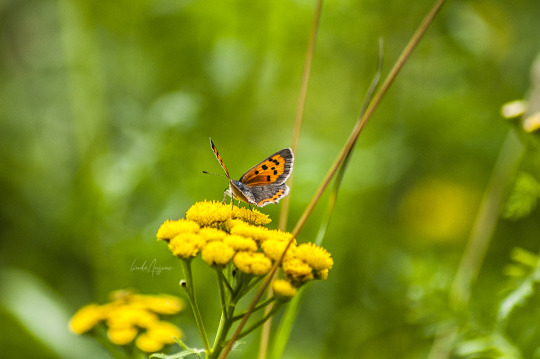

#nature#nature photography#butterfly#tansy#tanacetum vulgare#plants#plantcore#latvia#original photographers#photographers on tumblr
273 notes
·
View notes
Text

Tansy (Tanacetum Vulgare)
#photographers on tumblr#nature#flowers#summer#yellow#floral#flores#verano#amarillo#tansy#tanacetum vulgare#tanacetum#garden#gardening#original photographers#original photography#vertical
178 notes
·
View notes
Note
mother im hungry for some angst and horny , may i ask for a hero x villain where they both hate each other but end up having hate sex after a real bad argument 🥺🙏
The hero remembered that one time when the villain broke their collarbone. They had just broken into a museum, stealing expensive vases and ancient relics, making it infuriatingly difficult to get them back on the black market.
The hero had arrived at the scene of the crime before anyone else, just in time to catch the villain. But as the villain prepared to flee, they cracked the hero’s collarbone into two with a steel pipe. Smirking, they’d blown the hero a kiss. A present for you.
It had hurt like hell. The hero had been unable to move for weeks, being practically useless to the agency. Christ, they still had problems with their shoulder at times. Too much exercise, too little exercise: it was a nasty pain that didn’t quite leave them.
And right now, the villain sucked the third hickey into the hero’s skin, right there where they had done the damage.
The hero cursed quietly, hating and loving how much it hurt.
“Asshole,” the hero hissed.
“Did you say something?” The villain’s voice was low, still angry and already a little drunk on pleasure. It had started out with both of them hooking up when they were drunk. The hero had suggested it and the villain had been much too happy to use that opportunity. It had been messy and quick (and good). A one time thing.
But that was really it.
For a week, until it became a little routine. No feelings involved, except for hatred.
And when opinions clashed against each other and insults were thrown into the air today, the hero needed something to calm down. Apparently this helped both of them.
“I hate you,” the hero said, despite the villain being inside them. “You disgust me.”
“Oh, boohoo. Is someone sad they’re not getting what they want? Poor hero, must be terrible.”
“Fuck off,” the hero said, pushing the villain’s face away with their hand. “I’ve been working for weeks on this mission. You have no right to—”
The villain pinned their wrists above their head and shut the hero up with a kiss. It was quite counterproductive, the hero was aware of that. It wasn’t healthy either but it was all the hero had. Sometimes being close to someone, anyone, at all costs was worth a broken heart. Just a little.
The villain pulled away, panting heavily.
“I thought we’re over this. I like you. But you’re not more important than my work.”
Ouch. The hero swallowed, thinking what desperate part of their brain had made them hope they could be more than enemies.
They knew the villain would smash they collarbone anytime without batting an eye and maybe it was good the way that it was.
“Oh, don’t look at me like that,” the villain said. “We’re both enjoying this, let’s not ruin it.”
The hero took in a shaky breath. Yes, they agreed. They enjoyed this, they enjoyed the villain’s company. It made them want to punch the villain even more.
“Now be a doll and spread your legs a little more,” the villain mumbled.
And the hero hated how fast they forgave them.
#One more stupid love song I‘ll be sickkkkk#writing snippet#heroxvillain prompt#heroxvillain snippet#heroes and villains#hero#villain#hero x villain#heroxvillain#request#an answer for an ask#omg pulmonaria officinalis marry me -.-#what am I even saying ononis repens my beloved#Fabaceae are so pretty for literally no reason#but also mrs Galium aparine slaying#B-b-b-b-but what about tanacetum vulgare?? Look I see ya but we are here for the slaying not for the cuteness#achillea millefolium extra points for mythology#ALL OF OUR BRIDGES BURNT DOWN#suggestive#angst
279 notes
·
View notes
Text

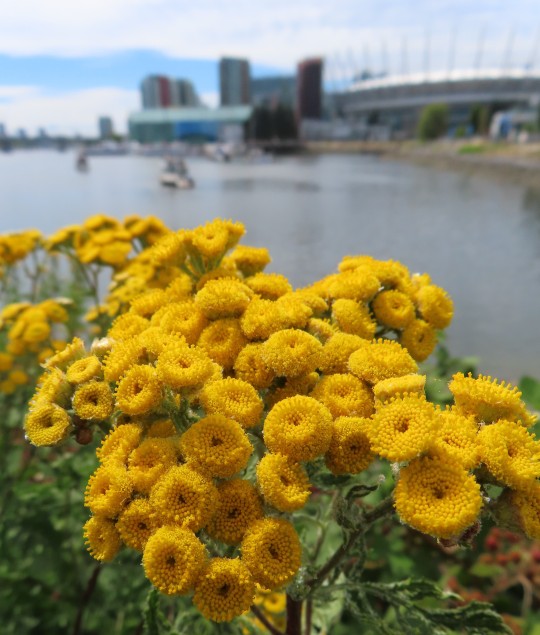
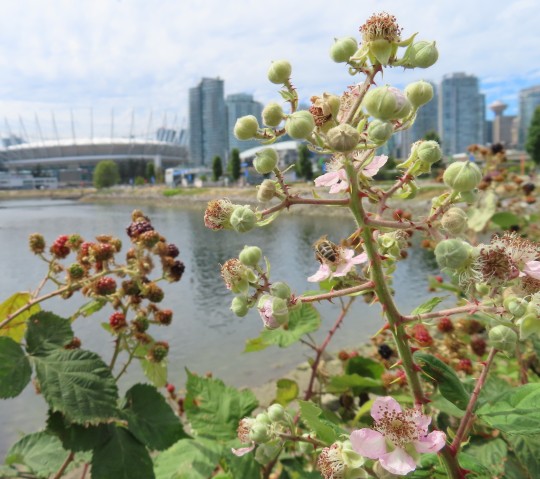

Tanacetum vulgare (tansy) and Rubus armeniacus (Himalayan/Armenian blackberry)
Yesterday I went to downtown with a particular goal in mind. I wanted to take postcard-like photos of flowers with famous Vancouver landmarks in the background. The results were a bit disappointing and all I found was a nice show of Rudbeckia by the Science Center (yesterday's post). However, I did manage to get some shots of BC Place Stadium (our local football palace) with two familiar 'invasive weeds' in the foreground. in this sense my photography project was modestly successful.
Tansy was brought to North America by early European settlers for its purported medicinal benefits. As with the dandelion, the first tansy seeds arrived in a doctor's bag. Obviously, tansy has made itself at home and I see it all over the place.
The Himalayan blackberry was introduced to North America in 1885 by the American plant breeder Luther Burbank. According to legend, Burbank received the seeds from a person in India and naturally concluded this blackberry was from the Himalayas. Actually the guy in India got them from a collector in Armenia. Incidentally, this blackberry species may be extremely difficult to eradicate (and it has quite dangerous thorns) but it produces first-rate fruit.
#flowers#photographers on tumblr#tansy#himalayan blackberry#invasive plants#fleurs#flores#fiori#blumen#bloemen#BC Place Stadium#vancouver
133 notes
·
View notes
Text
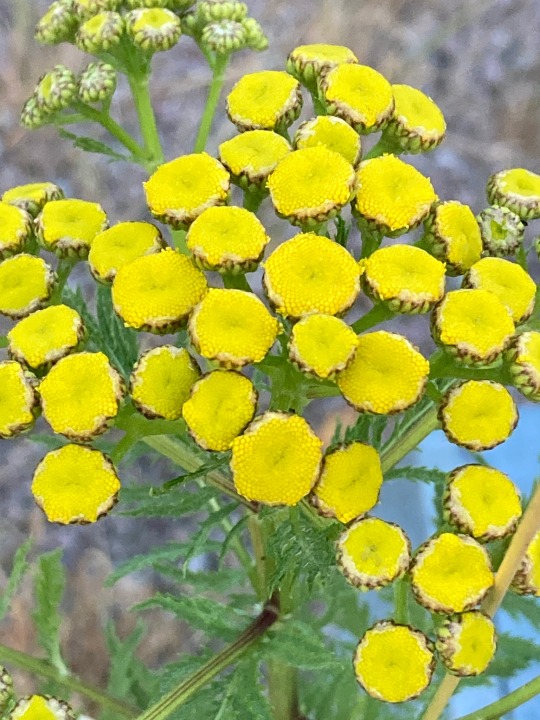
#tansy#tanacetum vulgare#wildflowers#disk florets#flower buds#arike fyris#uppsala kungsängs naturreservat#uppsala#sweden
2 notes
·
View notes
Text
Moon Tea in the ASOIAF Series
In the A Song of Ice and Fire series, and most recently in the first season of The House of the Dragon, a certain tea is mentioned as a form of birth control multiple times. But what is moon tea? According to Lysa Arryn, it's a tea made of "tansy and mint and wormwood, a spoon of honey, and a drop of pennyroyal" that is commonly used to end pregnancy (p. 1114, A Storm of Swords). All of these items can be found in our world. Although there is no record of this specific recipe of tea being used in the past, there is a history of these ingredients being used separately for medicinal purposes that include ending a pregnancy.

Tansy (Tanacetum vulgare) is an herb that has been used medicinally since at least Ancient Greece. It has a light degree of toxicity that was useful in targeting internal parasites such as intestinal worms. During the Middle Ages and later, women were known to have consumed larger doses of tansy or tansy tea to end pregnancy. It appears that tansy was also once commonly used to add seasoning to dishes, as it has a specific bitter taste, and some continue to use it as an ingredient in recipes and teas today.

Mint (Mentha spicata) is used today in teas and many other products. Its health benefits are widely recognized today. The Ancient Egyptians were the first to praise mint in 1550 BC and it has been used for a variety of purposes ever since. In a moon tea, this ingredient would likely be included to ease any nausea caused by other ingredients and improve the taste of the tea.

Wormwood (Artemesia absinthium) is still used in teas today, and historically it had medicinal uses in treating upset stomach, among other ailments. Its inclusion in the moon tea recipe is likely to aid the help settle the stomach after drinking the tea.

Honey has been used for its sweet flavor and health benefits for years. In traditional medicine, it is claimed to help with a number of ailments. In the moon tea, this would likely serve the role of helping to improve the taste and make the tea easier to go down.

Pennyroyal (Mentha pulegium) continues to be used in teas and was used in folk medicine to cause pregnancy loss. In 1993, Nirvana wrote a song called Pennyroyal Tea, referring to someone taking the herb to try to induce an abortion. Today, some people believe that pennyroyal tea can be a natural treatment for congestion, though the concentrated essential oil of pennyroyal should not be consumed; most essential oils are toxic when ingested, and this one can be lethal.

In the ASOIAF series, these ingredients were relatively easy to come by, and to those living in Westeros, it was well-known that this specific tea was available to women who wanted to prevent or end pregnancy. Beyond Westeros, even the wildlings knew of the tea and its uses - Tormund told Jon Snow as much in A Storm of Swords: "if Ygritte does not want a child, she will go to some woods witch and drink a cup o' moon tea" (p. 209). It seems that women who had access to the tea could use it to prevent pregnancy with relatively little health effects or long term damage being done as long as the tea was correctly prepared. When prepared by someone highly skilled, such as a maester, this likely was more so the case. Not once is the tea mentioned as having deadly effects to its users. Rather, its usefulness and reliability at ending pregnancy in-universe is what is discussed throughout the series. Moon tea was widely available, highly reliable, and relatively safe to use when prepared correctly.
13 notes
·
View notes